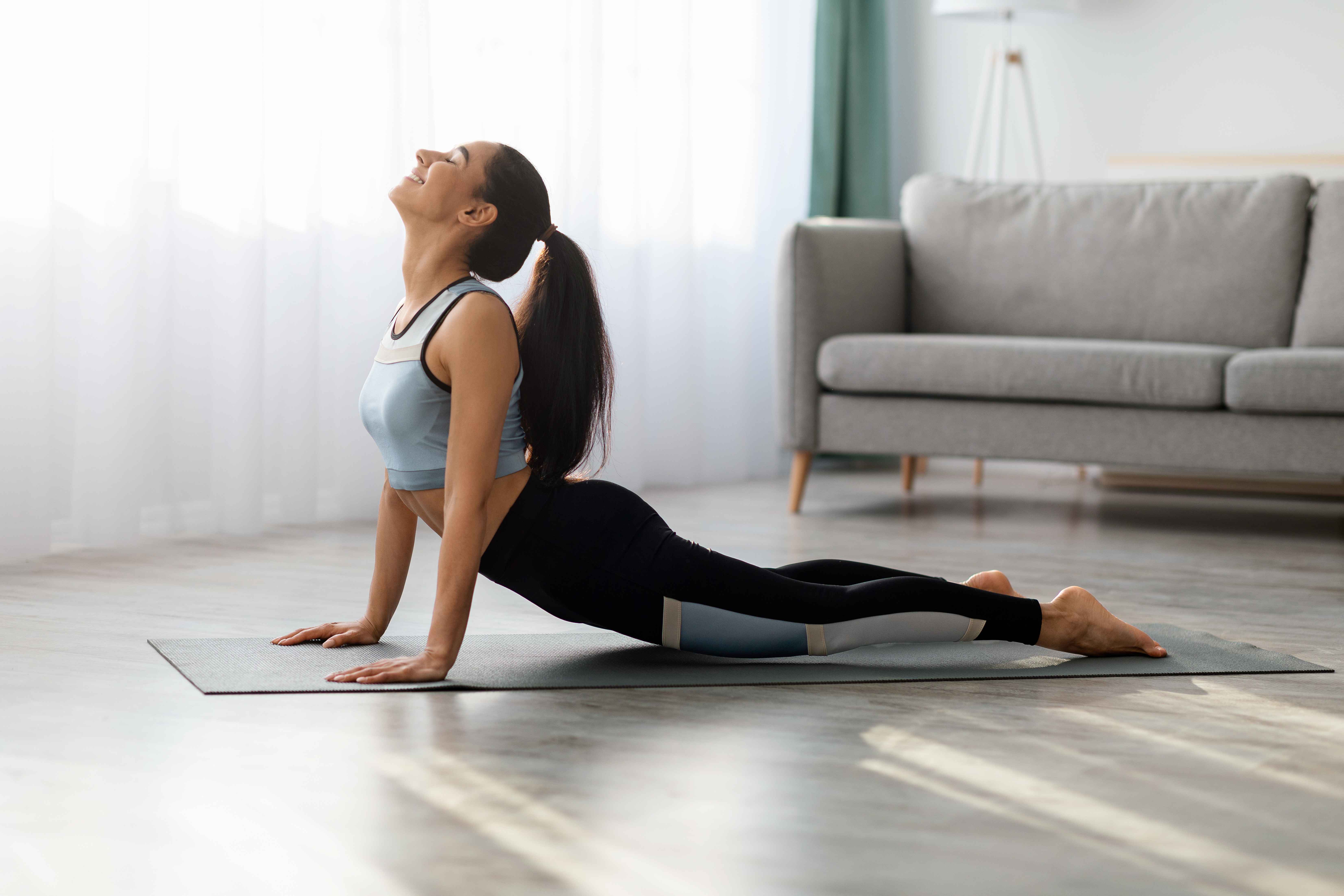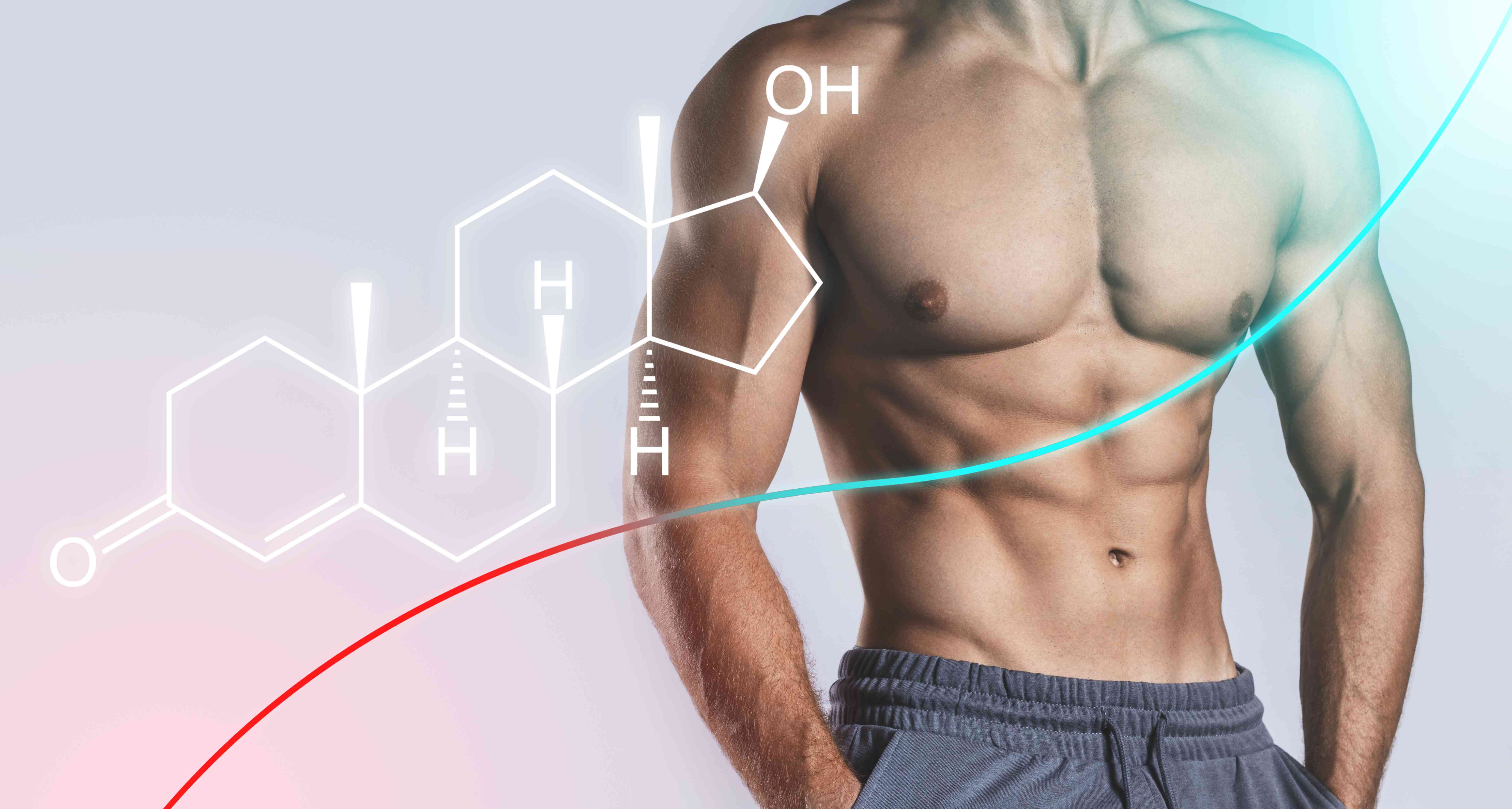

When it comes to maintaining your health and vitality, optimal testosterone levels are key. You don't have to rely on expensive supplements or extreme measures to give your testosterone a boost. Exercise can play a significant role in naturally increasing your hormone levels, and the best part is you can do it from the comfort of your own home.
Home exercises offer convenience, cost-effectiveness, and privacy. No need to worry about crowded gyms or pricey memberships. With just a small space and minimal equipment, you can kickstart your journey toward higher testosterone levels. But why is testosterone so important anyway? Well, it's responsible for more than just building muscle mass. It also affects bone density, energy levels, mood, and even cognitive function. So by keeping your testosterone levels in check, you're setting yourself up for overall well-being as you age.
In the following sections, we'll explore different types of exercises that can help boost your testosterone levels right in the comfort of your living room.
Compound movements, also known as multi-joint exercises, are the superheroes of the fitness world. These dynamic exercises engage multiple muscle groups simultaneously, making them the best workout for high testosterone levels. By incorporating compound moves into your home exercise routine, you can stimulate hormonal responses that boost testosterone production and help you achieve peak performance.
When it comes to compound exercises, think of big movements that recruit large muscle groups. Some examples include:
If you're looking for a workout that can give your testosterone levels a serious boost, High-intensity Interval Training (HIIT) is your answer. This time-efficient workout method combines intense bursts of exercise with short recovery periods, making it an excellent choice for those who want to maximize their testosterone production.
When you engage in HIIT workouts, you're not only breaking a sweat but also igniting your hormones. Consistently performing HIIT workouts can enhance growth hormone release, which in turn can stimulate testosterone production. By incorporating HIIT into your fitness routine, you can take your testosterone levels to new heights.
So what are some of the best exercises for high testosterone levels? Let's take a look:
Burpees: Start standing, then drop into a push-up position, do a push-up, jump your feet forward towards your hands, and finish by jumping up explosively with your arms raised overhead. Repeat this movement as quickly as possible for maximum impact.
Sprints: Find an open area or use a treadmill and go all out with short bursts of sprinting. Push yourself to the limit and feel the burn.
Jump Squats: Begin in a squatting position, then explode upwards into a jump while extending your arms above your head. Land softly and immediately go back into another squat. These explosive movements will get those hormones pumping.
Mountain Climbers: Get into a plank position and bring one knee at a time towards the opposite elbow as if climbing a mountain. Increase the speed as you become more comfortable with the movement.
Kettlebell Swings: Grab a kettlebell or any weighted object and hinge at the hips while swinging it between your legs like a pendulum. Use the momentum to swing it up to chest height while engaging your hips and glutes.
Using weights or resistance bands for progressive overload can help stimulate the production of testosterone in your body. The best part? You can easily do these exercises at home, without needing expensive equipment or a gym membership.
Here are some resistance training exercises that target different muscle groups:
Bicep Curls: Grab a pair of dumbbells or use resistance bands to work those biceps. Stand with your feet shoulder-width apart, palms facing forward, and curl the weights toward your shoulders.
Shoulder Presses: Hold dumbbells at shoulder level with palms facing forward. Push the weights upward until your arms are fully extended overhead. Lower them back down with control.
Rows: Place one knee and hand on a bench or chair, keeping your back straight. Hold a dumbbell in the opposite hand and pull it toward your chest, squeezing your shoulder blade.
Tricep Dips: Sit on the edge of a sturdy chair or bench with hands gripping the edge beside you. Extend your legs in front of you, then lower yourself down by bending your elbows. Push back up to the starting position.
Remember to start with lighter weights and gradually increase as you get stronger. Proper form and technique are crucial to prevent injury and maximize results.
Cardiovascular exercises aren't just for burning calories and shedding pounds—they can also play a crucial role in boosting your testosterone levels. As you age, it becomes increasingly important to maintain a healthy heart and support optimal hormone production. That's where cardio comes into play.
Running, cycling, swimming, or brisk walking are all excellent cardiovascular activities that can help elevate your heart rate and promote overall fitness. Engaging in these exercises regularly not only improves cardiovascular health but also supports testosterone production.
Maintaining optimal testosterone levels is crucial for overall health and vitality, and incorporating home exercises into your routine can help you achieve just that. By engaging in regular physical activity, you can naturally boost your testosterone levels while enjoying the convenience, cost-effectiveness, and privacy of home workouts.
Incorporating these home exercises into your daily routine can contribute towards maintaining optimal testosterone levels. Remember to consult with a healthcare professional before starting any new exercise program.
Boosting your testosterone levels doesn't have to be complicated or expensive—just a few simple home exercises can make a world of difference.
Disclaimer: The information provided in this article is for general informational purposes only. It is not intended to be a substitute for professional advice, diagnosis, or treatment. Always consult with a qualified healthcare professional before starting any new exercise program or making changes to your current routine. The exercises described in this article may not be suitable for everyone and could cause injury if performed incorrectly.
